Introduction
Customer onboarding is the first interaction with a company after the initial contact, making it a crucial step in the customer journey. An efficient onboarding process sets the tone for the relationship, ensuring a seamless experience and building trust from the outset. Emerging technologies are revolutionizing the onboarding process, making it faster, more secure, and highly personalized.
Table of Contents
Artificial Intelligence and Machine Learning

AI-Driven Customer Insights
Artificial intelligence (AI) and machine learning (ML) transform how companies gather and analyze customer data. By leveraging AI, businesses can gain deeper insights into customer behavior, preferences, and needs, enabling them to tailor the onboarding process to individual customers.
- Automating Routine Tasks: AI-powered systems can automate repetitive tasks such as data entry, document verification, and initial customer queries. This automation speeds up the onboarding process and reduces the likelihood of errors.
- Predictive Analytics for Customer Behavior: Predictive analytics uses historical data to predict future customer actions. By understanding potential customer behavior, companies can proactively address concerns and provide solutions during onboarding, enhancing the overall experience.
Blockchain Technology
- Decentralized Identity Verification: Blockchain technology provides a decentralized approach to identity verification, ensuring that customer data is secure and tamper-proof. This technology allows for transparent and verifiable transactions, particularly in finance and healthcare.
- Ensuring Data Integrity and Security: Blockchain’s immutable ledger ensures customer data cannot be altered once recorded. This feature is crucial for maintaining data integrity and security during onboarding.
Robotic Process Automation (RPA)
- Streamlining Document Processing: RPA uses software robots to automate repetitive tasks like document processing and data entry. This technology significantly reduces the time required to process customer documents, making the onboarding process faster and more efficient.
- Reducing Manual Errors: Automation minimizes the risk of human error, ensuring that customer data is accurately recorded and processed. This improves the overall quality of the onboarding process and enhances customer satisfaction.
Chatbots and Virtual Assistants
- Personalized Customer Interaction: Chatbots and virtual assistants provide customized customer support during onboarding. They can answer queries, guide customers through steps, and provide real-time assistance, making the onboarding experience smooth and engaging.
- 24/7 Support and Assistance: These AI-powered tools are available 24/7, ensuring customers can receive support anytime. This availability mainly benefits customers in different time zones or those who prefer to complete onboarding outside regular business hours.
- Improving Customer Satisfaction: Chatbots and virtual assistants enhance customer satisfaction by providing immediate and accurate responses. They also allow human agents to handle more complex tasks, improving efficiency.
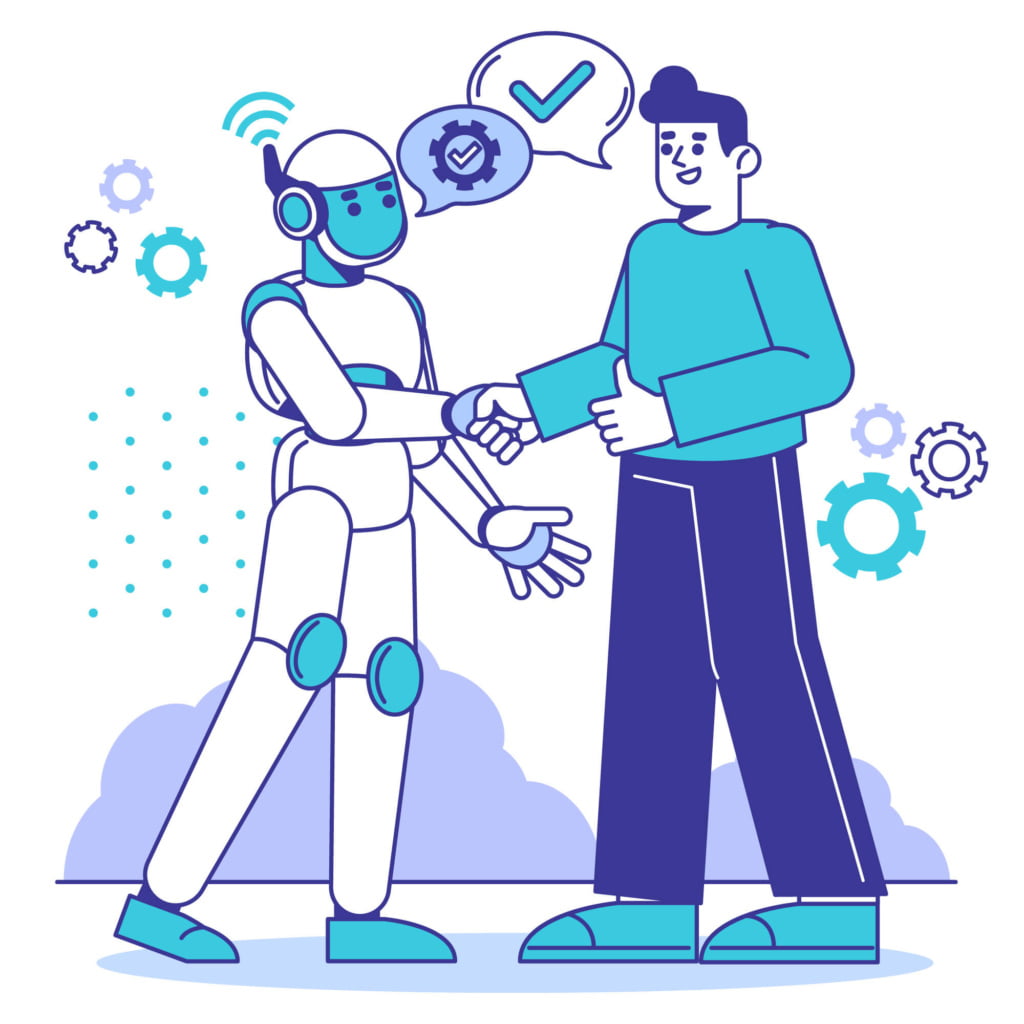
Omni-Channel Onboarding
- Seamless Integration Across Channels: Omni-channel onboarding ensures that customers have a consistent experience across all touchpoints, whether they interact with the company online, via mobile apps, or in person. This seamless integration is crucial for maintaining a unified customer journey.
- Consistent Customer Experience: A consistent channel experience builds trust and reinforces the company’s brand image. Customers expect the same service and support regardless of the channel they use.
- Technology Solutions for Omni-Channel Onboarding: Advanced CRM systems and integration platforms enable companies to manage customer data and interactions across multiple channels. These technologies ensure customer information is updated in real-time, providing a cohesive experience.
Data Analytics and Insights
- Leveraging Data for Better Decisions: Data analytics allows companies to make informed decisions based on customer data. By analyzing onboarding data, companies can identify trends, pinpoint issues, and optimize the process for better results.
- Customer Journey Mapping: Mapping the customer journey helps companies understand customers’ different stages during onboarding. This insight allows for the identification of pain points and opportunities for improvement.
- Enhancing Personalization through Data: Personalization is critical to a successful onboarding process. Data analytics enables companies to tailor the onboarding experience to individual customers, making them feel valued and understood.
Regulatory Compliance and Data Privacy
- Ensuring Compliance with Global Regulations: Companies must comply with various regulations, such as GDPR and CCPA, which govern how customer data is collected, stored, and used. Ensuring compliance is critical to avoid legal repercussions and maintain customer trust.
- Protecting Customer Data: Customers are highly concerned about data privacy. Implementing robust security measures and adhering to best practices in data protection are essential for safeguarding customer information.
- Technologies for Compliance Management: Regtech solutions, such as automated compliance software, help companies manage and ensure compliance with regulatory requirements. These technologies simplify the process and reduce the risk of non-compliance.
Emerging Trends in Customer Onboarding Technology
Technologies such as AI, blockchain, and biometrics are continuously evolving, offering new opportunities for innovation in customer onboarding. Keeping up with these trends is crucial for companies to stay competitive.
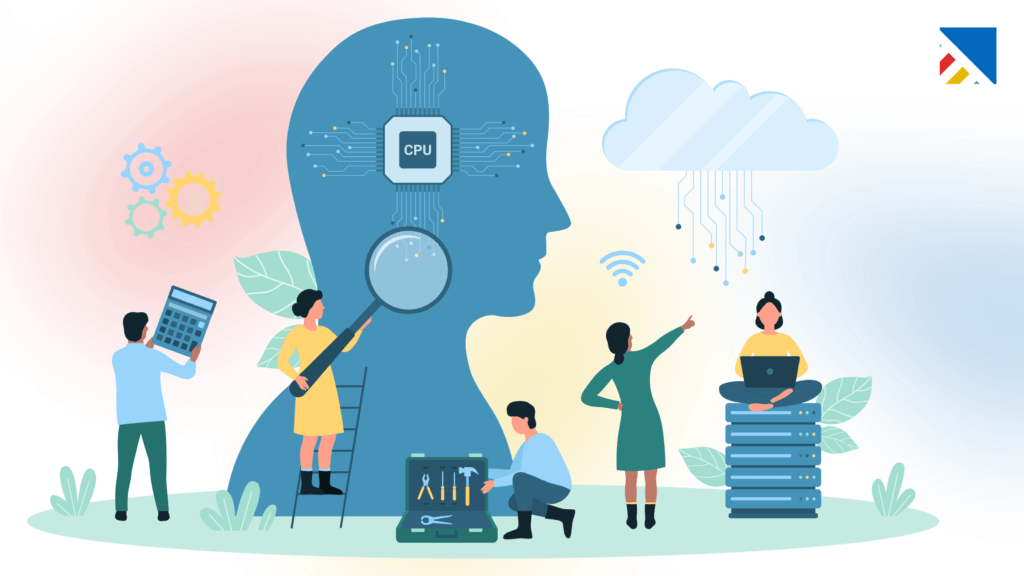
The Role of AI in the Future
AI will continue to play a significant role in customer onboarding, from automating processes to providing personalized experiences. Future advancements in AI will further enhance the efficiency and effectiveness of onboarding.
Predictions and Speculations
As technology advances, we can expect even more sophisticated solutions for customer onboarding. These may include greater integration of AI and virtual reality for immersive onboarding experiences.

Importance of Adopting Emerging Technologies in Customer Onboarding
Incorporating emerging technologies in customer onboarding is crucial for several reasons:
1. Enhancing Customer Experience
- Personalization: Emerging technologies enable businesses to tailor the onboarding process to individual customer needs, making them feel valued and understood.
- Efficiency: Automation and AI reduce the time required for onboarding, providing a smoother and faster customer experience.
2. Staying Competitive
- Innovation: Companies that adopt new technologies stay ahead of the curve, offering unique and cutting-edge solutions that differentiate them from competitors.
- Customer Expectations: Customers expect more sophisticated and seamless onboarding experiences as technology advances. Meeting these expectations is vital for retaining and attracting customers.
3. Improving Security and Compliance
- Data Protection: Advanced technologies such as biometrics and blockchain enhance security, protecting customer data from breaches and fraud.
- Regulatory Compliance: Emerging technologies help companies comply with ever-evolving regulations, avoiding legal issues and building customer trust.
4. Operational Efficiency
- Cost Reduction: Automation and AI reduce the need for manual labor, cutting down on operational costs and freeing up resources for other critical tasks.
- Error Reduction: Technologies like RPA and AI minimize human errors, ensuring customer data is accurately captured and processed.
5. Data-Driven Insights
- Analytics: Leveraging data analytics allows companies to gain insights into customer behavior and preferences, enabling them to improve the onboarding process continuously.
- Decision Making: Data-driven decision-making helps companies identify trends, predict future customer needs, and optimize their strategies accordingly.
6. Building Long-Term Relationships
- Trust and Loyalty: A seamless and secure onboarding process builds trust and fosters long-term customer relationships.
- Customer Retention: Satisfied customers are likelier to stay with a company and recommend its services to others, increasing customer retention and acquisition.
In summary, incorporating emerging trends in customer onboarding is essential for enhancing customer experience, staying competitive, improving security and compliance, increasing operational efficiency, leveraging data-driven insights, and building long-term customer relationships. Embracing these technologies ensures that companies can meet their customer’s evolving needs and expectations, positioning themselves for success in the digital age.
Frequently Asked Questions
1. How is AI used in customer onboarding?
AI automates routine tasks, provides predictive analytics for customer behavior, and offers personalized customer insights, making the onboarding process more efficient and tailored to individual needs.
2. How does blockchain technology improve customer onboarding?
Blockchain provides decentralized identity verification, ensuring data integrity and security. It offers a transparent and tamper-proof method for verifying customer identities.
3. What is Robotic Process Automation (RPA), and how does it help customer onboarding?
RPA uses software robots to automate repetitive tasks such as document processing and data entry, reducing manual errors and speeding up onboarding.
4. How do chatbots and virtual assistants improve customer onboarding?
Chatbots and virtual assistants provide 24/7 support, answer customer queries in real-time, and guide customers through onboarding, enhancing customer satisfaction and engagement.
5. What is omni-channel onboarding?
Omni-channel onboarding ensures a consistent customer experience across all channels, whether online, mobile, or in-person, providing a seamless and integrated customer journey.
6. How can data analytics enhance the customer onboarding process?
Data analytics helps companies gain insights into customer behavior, optimize the onboarding process, and personalize the experience to meet individual customer needs.
7. How can emerging technologies in customer onboarding benefit my business?
Emerging technologies can improve efficiency, reduce costs, enhance security, provide better customer experiences, and ensure compliance with regulations, ultimately leading to higher customer satisfaction and retention.

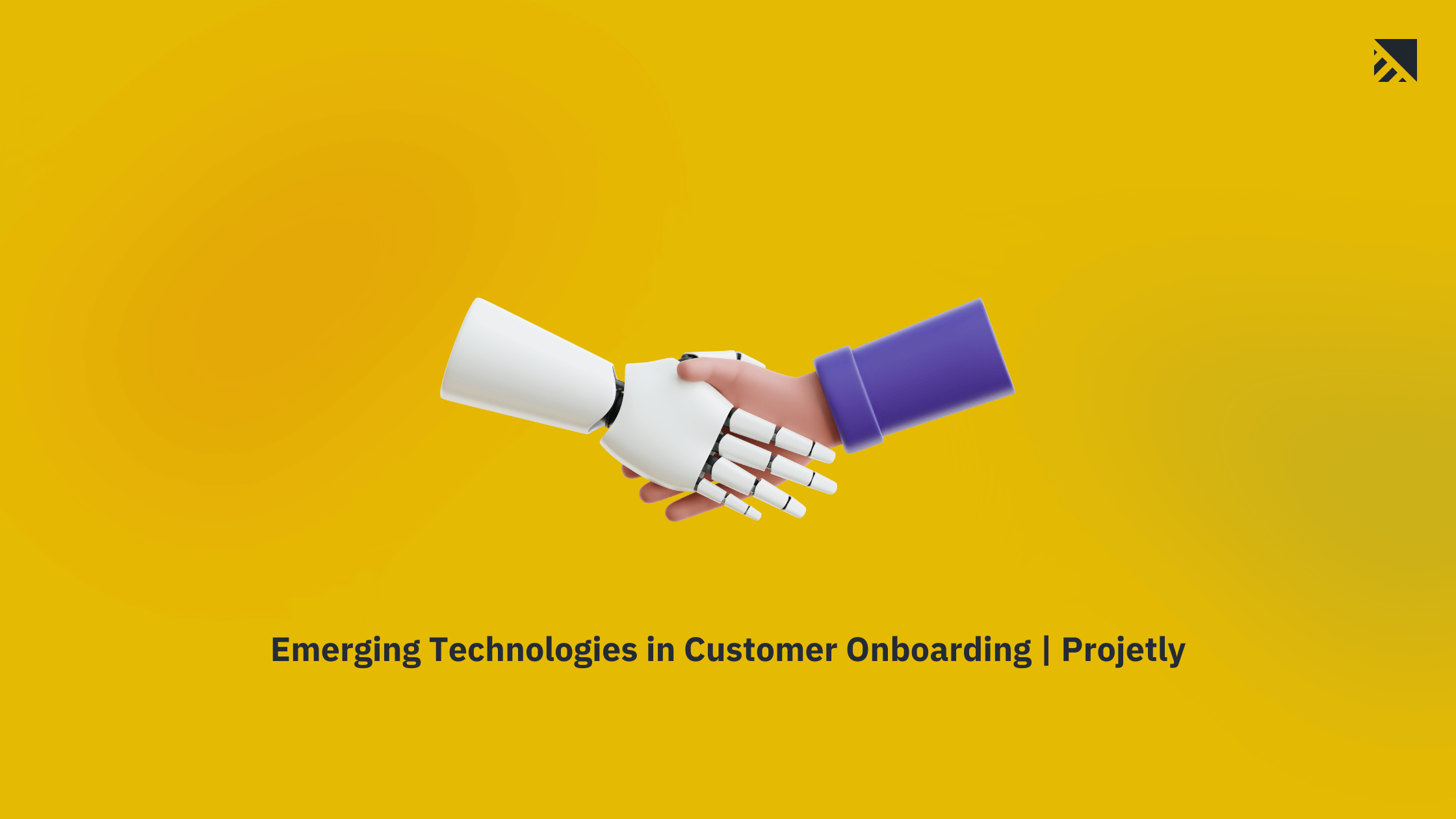
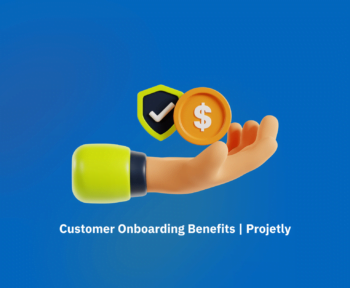
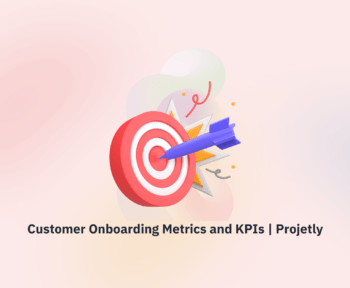
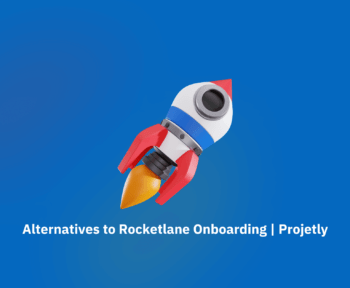
1 Comment